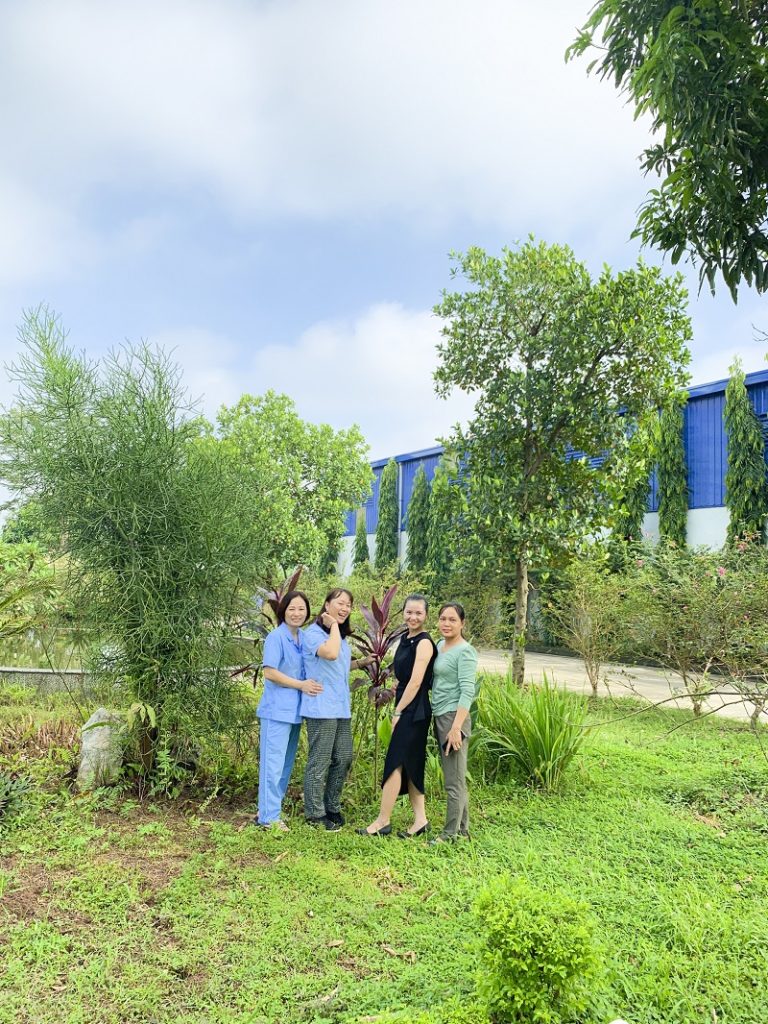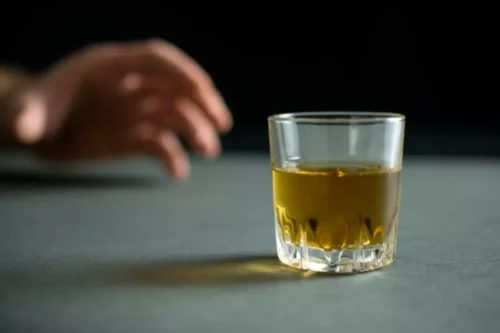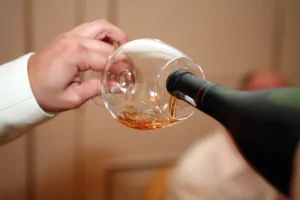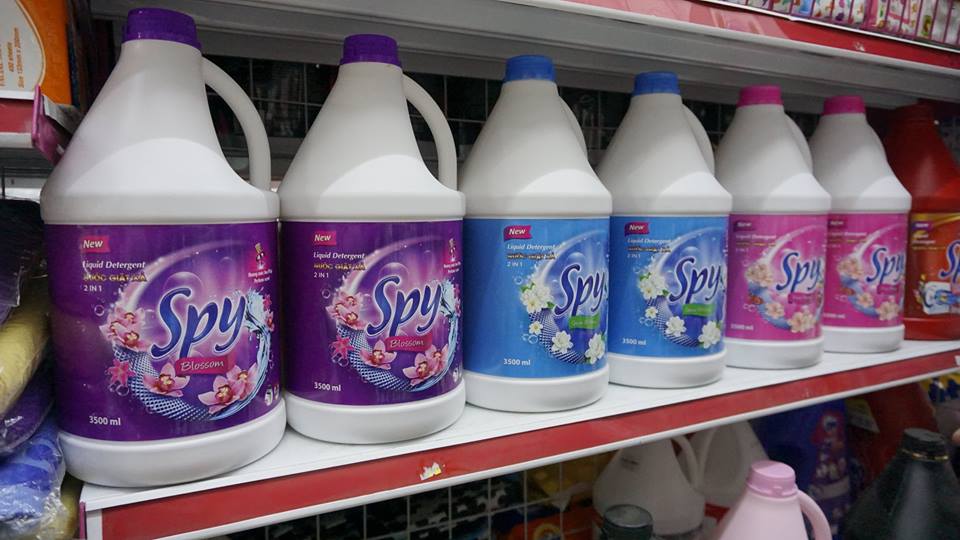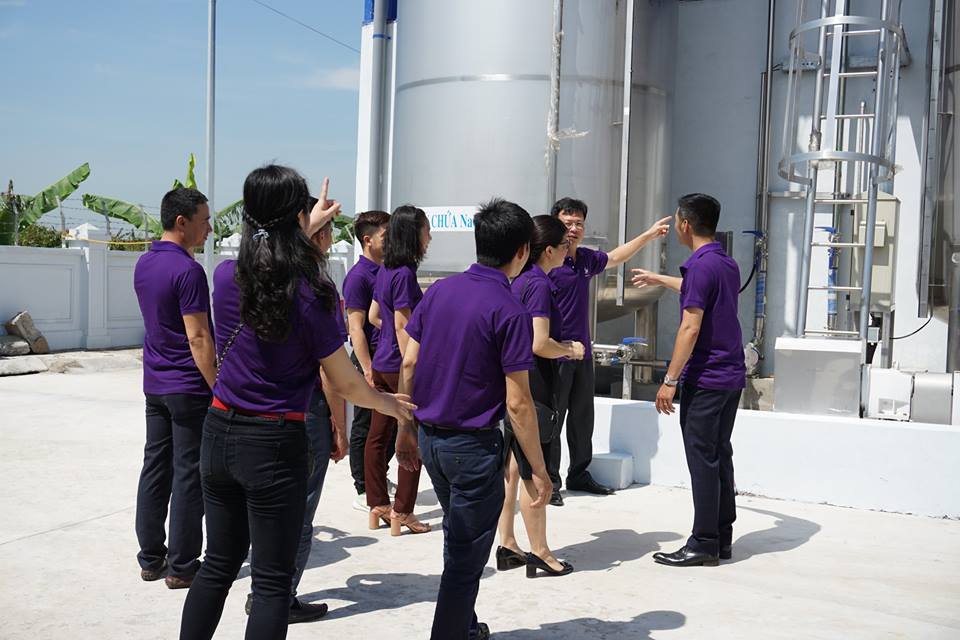This narrative review considers the need for increased research attention on nonabstinence psychosocial treatment of SUD – especially drug use disorders – as a potential way to engage and retain more people in treatment, to engage people in treatment earlier, and to improve treatment effectiveness. Despite significant empirical support for nonabstinence alcohol interventions, there is a clear gap in research examining nonabstinence psychosocial treatment for drug use disorders. Future research must test the effectiveness of nonabstinence treatments for drug use and address barriers to implementation.
This pinpoints the conflicting issues experienced by some clients during the recovery process. If the 12-step philosophy and AA were one option among others, the clients could make an informed choice and seek options based on their own situation and needs. This would probably reduce the risk of negative effects while still offering the positive support experienced by the majority of the clients in the study.
Harm reduction therapy has also been applied in group format, mirroring the approach and components of individual harm reduction psychotherapy but with added focus on building social support and receiving feedback and advice from peers (Little, 2006; Little & Franskoviak, 2010). These groups tend to include individuals who use a range of substances and who endorse a range of goals, including reducing substance use and/or substance-related harms, controlled/moderate use, and abstinence (Little, 2006). Additionally, some groups target individuals with co-occurring psychiatric disorders (Little, Hodari, Lavender, & Berg, 2008). Important features common to these groups include low program barriers (e.g., drop-in groups, few rules) and inclusiveness of clients with difficult presentations (Little & Franskoviak, 2010).
When they are offered 12-step treatment, they get exposed to these strict views in a different setting than what was initially intended within AA, namely a self-help group that people join voluntarily. Williams and Mee-Lee (2019) have discussed this shift in the 12-step programme and argue that current 12-step-based treatment settings promote practices that run contrary to the spirit of AA. For example, they point out that the original AA teaching endorses abstinence only for people with severe addiction disorders, which in the 12-step approach has been changed to abstinence for all members. Williams and Mee-Lee (op. cit.) also claim that AA originally taught that it was not the responsibility of group members or counsellors to give medical advice to others while there is a widespread opposition to using medically assisted treatment in the 12-step approach. Further, that the original focus on support has been replaced by a focus on denial and resistance as personality flaws.
Some of the abstainers still attended meetings because of a fear of what might happen if they stopped, although they questioned parts of the philosophy. For these clients, the recovery process, aiming to reach sustained recovery in the broader sense covering parts of their lives other than the SUD, was in part at odds with the ongoing participation in AA. These results indicate that strict views on abstinence and the nature of alcohol problems in 12-step-based treatment, and AA philosophy may create problems for the recovery process.
Differences between abstinent and non-abstinent individuals in recovery from
I’m a big supporter of the idea that improvements in quality of life, in addition to or instead of measures of abstinence, need to be incorporated broadly into addiction treatment research. The way I see it, our goal in treating addiction is to help a client improve their functioning, which is often being hampered by substance abuse but that is not necessarily completely dependent on it. The population of people who use MM is pretty well educated and is made up for the most part of problem famous high functioning alcoholics drinkers rather than those meeting full-blown alcohol dependence criteria.
3. The harm reduction movement
Individuals with fewer years of addiction and lower severity SUDs generally have the highest likelihood of achieving moderate, low-consequence substance use after treatment (Öjehagen & Berglund, 1989; Witkiewitz, 2008). Notably, these individuals are also most likely to endorse nonabstinence goals (Berglund et al., 2019; Dunn & Strain, 2013; Lozano et al., 2006; Lozano et al., 2015; Mowbray et al., 2013). In contrast, individuals with greater SUD severity, who are more likely to have abstinence goals, generally have the best outcomes when working toward abstinence (Witkiewitz, 2008). Together, this suggests a promising degree of alignment between goal selection and probability of success, and it highlights the potential utility of 5 rules of recovery nonabstinence treatment as an “early intervention” approach to prevent SUD escalation. A considerable number of clients reported changed views on the programme, some were still abstinent and some were drinking in a controlled way.
Consistent with the philosophy of harm reduction as described by Marlatt et al. (2001), harm reduction psychotherapy is accepting of a wide range of client goals, including risk reduction, moderation, and abstinence (of note, abstinence is conceptualized as consistent with harm reduction when it is a goal chosen by the client). However, to date there have been no published empirical trials testing the effectiveness of the approach. Here we provide a brief review of existing models of nonabstinence psychosocial treatment, with the goal of summarizing the state of the literature and identifying notable gaps and directions for future research.
Alcoholism: Abstinence Versus Controlled Drinking
The results suggest the importance of offering interventions with various treatment goals and that clients choosing CD as part of their sustained recovery would benefit from support in this process, both from peers and from professionals. Some clients expressed a need for other or complementary support from professionals, whereas others highlighted the importance of leaving the 12-step community to be able to work on other parts of their lives. The descriptions on how the tools from treatment were initially used to deal with SUD and were later used to deal with other problems in the lives of IPs can be put in relation to the differentiation between abstinence and sobriety suggested by Helm (2019).
- After relistening to the interviews and scrutinizing transcripts, the material was categorized and summarized by picking relevant parts from each transcript.
- Instead, paststudies have equated “recovery” with DSM-IV diagnostic criteria and nationalguidelines for low-risk drinking; these criteria may exclude people who considerthemselves “in recovery.” For example, individuals involved in harmreduction techniques that do not involve changed drinking may consider themselves inrecovery.
- Importantly, there has also been increasing acceptance of non-abstinence outcomes as a metric for assessing treatment effectiveness in SUD research, even at the highest levels of scientific leadership (Volkow, 2020).
- It’s a healthy step in a positive direction, and is often achievable with medication.
Despite the reported relationship between severity and CD outcomes, many diagnosed alcoholics do control their drinking. The Rand study quantified the relationship between severity of alcohol dependence and controlled-drinking outcomes, although, overall, the Rand population was a severely alcoholic one in which “virtually all subjects reported symptoms of alcohol dependence” (Polich, Armor, and Braiker, 1981). Potential correlates of non-abstinent recovery, such as demographics andtreatment history, were based on NESARC results.
Alcohol Moderation Management: Steps To Control Drinking
Adi Jaffe, Ph.D., is a lecturer at UCLA and the CEO of IGNTD, an online company that produces podcasts and educational programs on mental health and addiction. As such, I think these results are very encouraging in terms of offering another possible solution for individuals who are looking to reduce their alcohol consumption and the problems that keep creeping up along with it. The sample size used in the study also leaves something to be desired and I would hope that further research would examine these effects with a bigger cohort and a more variable participant group.
Medication makes it easier to put the brakes on after a drink or two, and sticking to moderation is challenging without fun activities for substance abuse groups it. If you want to resolve problem drinking without medication, abstinence may be a better choice for you. When people aiming for abstinence make a mistake, they may feel like quitting is impossible and give up entirely. You can have an occasional drink without feeling defeated and sliding deeper into a relapse. The IPs have mixed backgrounds regarding the kind of SUD they originally experienced. However, the extent of their problems according to ICD-10 (International Statistical Classification of Diseases and Related Health Problems, 10th edition) or DSM 5 (Diagnostic and Statistical Manual of mental disorders, 5th edition) was not measured.









